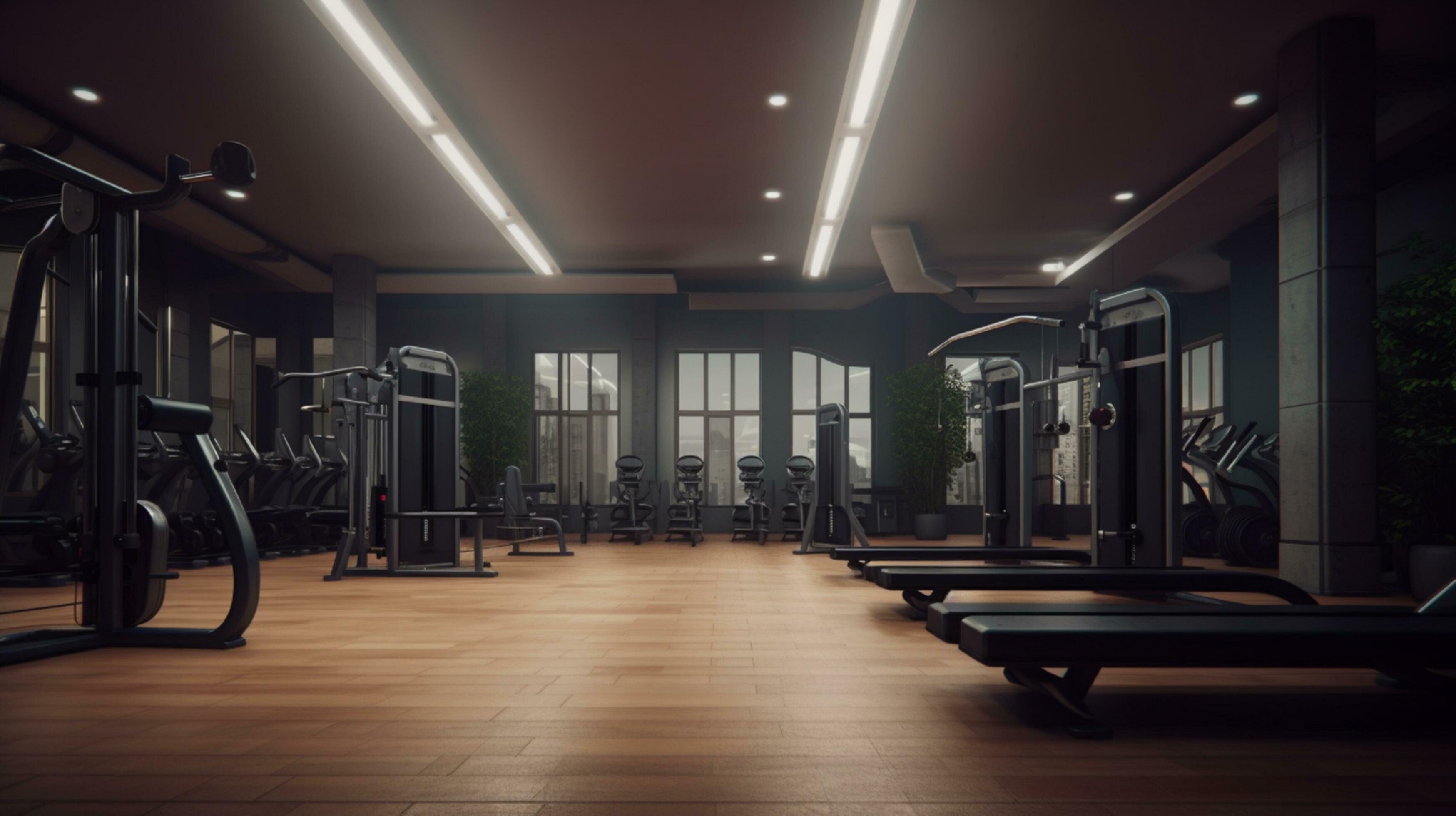-


Fitnex X5 Work Desk For Kids X5 Bike
Regular price $118.00Sale price $118.00 Regular price -


Fitnex X5 Kids Indoor Bike
Regular price $799.00Sale price $799.00 Regular price -


STEPR Cycle XL Exercise Bike
Regular price $2,299.00Sale price $2,299.00 Regular price -


STEPR Bionic Bike XL Exercise Bike
Regular price $2,499.99Sale price $2,499.99 Regular price -


Fitnex B65 Self-Powered Upright Exercise Bike w/ 24 Resistance Levels, Heart Rate Monitor & App Connectivity
Regular price $1,839.00Sale price $1,839.00 Regular price -


Fitnex R65 Recumbent Bike w/ 24 Resistance Levels, Heart Rate Monitor, App Connectivity
Regular price $2,079.00Sale price $2,079.00 Regular price -


Fitnex X50 Indoor Exercise Bike - Magnetic Resistance, Silent Drive & LCD Console
Regular price $920.00Sale price $920.00 Regular price -
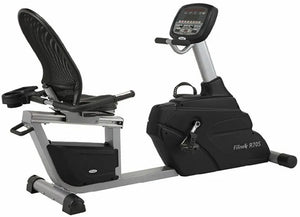

Fitnex R70S Recumbent Bike
Regular price $2,499.00Sale price $2,499.00 Regular price -
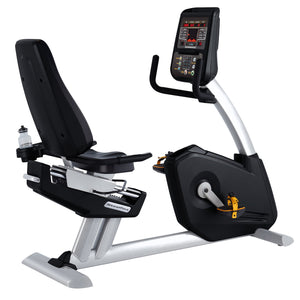
Steelflex PR10 Recumbent Exercise Bike
Regular price $3,650.00Sale price $3,650.00 Regular price -
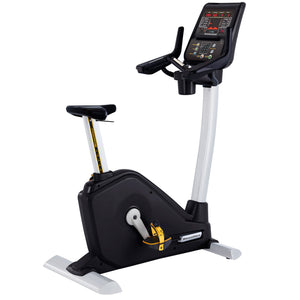
Steelflex PB10 Upright Exercise Bike
Regular price $3,316.00Sale price $3,316.00 Regular price -
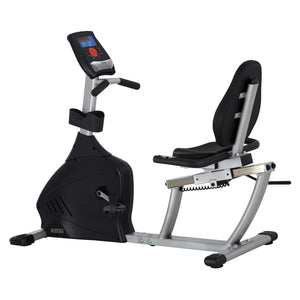
Fitnex R55SG Recumbent Exercise Bike
Regular price $1,099.00Sale price $1,099.00 Regular price -
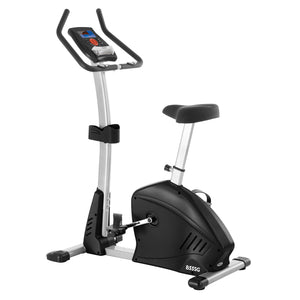
Fitnex B55SG Upright Exercise Bike
Regular price $999.00Sale price $999.00 Regular price -
Sold out
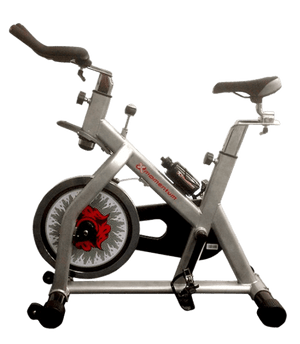
Fitnex X Series Momentum Spin Bike
Regular price $1,199.00Sale price $1,199.00 Regular price -
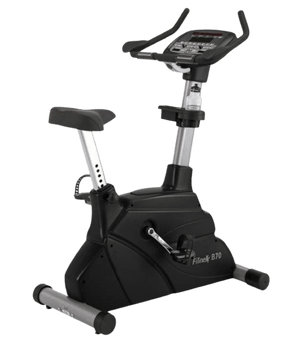
Fitnex B70 Upright Bike
Regular price $2,199.00Sale price $2,199.00 Regular price
Exercise Bikes — Quiet, Low-Impact Cardio for Any Space
From upright and recumbent bikes to indoor cycles and air bikes, you can tailor rides to recovery, endurance, or high-intensity intervals. Magnetic drives are whisper-quiet for apartments; air bikes deliver fan-driven power for tough conditioning. Choose self-powered consoles to skip outlets or go smart for metrics and programs.
Joint-friendly cardio for daily use.
Magnetic resistance keeps noise low.
Steady rides, tempo, or HIIT.
Compact footprint vs. treadmills.
Exercise Bikes — Frequently Asked Questions
Upright vs. recumbent vs. indoor cycle — what’s the difference?
Recumbent: back support, easy step-through, great for rehab/long sessions.
Indoor cycle (spin): aggressive posture, high-cadence training and intervals.
Magnetic, friction, or air resistance — which is quieter?
How do I set bike fit at home?
Do I need a mat or special flooring?
How much space and ceiling height do I need?
Product Lineup
Key Benefits of Exercise Bikes
- Low-impact training that’s gentle on joints.
- Very quiet options for apartments and shared spaces.
- Self-powered consoles reduce outlet needs.
- Great for warm-ups, endurance, or HIIT finishers.
Compare Options
| Type | Fit & Feel | Resistance / Noise | Best For | Shop |
|---|---|---|---|---|
| Upright | Neutral posture, compact | Magnetic (very quiet) | Daily cardio, small spaces | View |
| Recumbent | Back support, step-through | Magnetic (very quiet) | Comfort, rehab, long rides | View |
| Indoor Cycle | Aggressive road feel | Magnetic/friction (quiet–moderate) | Intervals, cadence work | View |
| Air Bike | Arms + legs (fan) | Air (effort-scaled fan noise) | Power, conditioning, HIIT | View |
Space & Ceiling Height Guide
Bikes are among the most space-efficient cardio machines and fit standard ceiling heights.
- Typical Footprint: ~48–65″ L × 24–30″ W (122–165 × 61–76 cm).
- Clearance: Add a few inches per side for pedal/handlebar travel.
- Mat: ~60″ × 30″ (152 × 76 cm) suits most; larger for indoor cycles/air bikes.
| Type | Typical Size | Ceiling Rule | Notes |
|---|---|---|---|
| Upright | ~48–55″ L × 24–28″ W | Standard ceilings OK | Very compact, easy placement. |
| Recumbent | ~60–65″ L × 26–30″ W | Standard ceilings OK | Requires more length; step-through comfort. |
| Indoor Cycle | ~48–52″ L × 20–24″ W | Standard ceilings OK | Great for cadence and intervals. |
| Air Bike | ~48–53″ L × 23–27″ W | Standard ceilings OK | Fan creates effort-scaled noise. |
Delivery Path Checklist
Exercise bikes are easier to move than treadmills but still confirm your route from curb to room of choice:
- Doorways: Clear width; measure with door open. Removing hinges adds ~⅝–¾″ if needed.
- Hallways & Turns: Check corner clearances; bikes turn more easily than ellipticals.
- Stairs/Elevators: Confirm landing depth and elevator cab size/weight limit.
- Final Room: Space to stage parts; add a floor mat before assembly.
- Power: Self-powered consoles don’t need outlets; plug-in units may need nearby power.
| Bike Type | Typical Box Width | Pro Tip |
|---|---|---|
| Upright / Indoor Cycle | ~23–28″ (58–71 cm) | Often a one-person move once unboxed; mind pedal/crank edges. |
| Recumbent | ~26–31″ (66–79 cm) | Longer carton; two-person carry recommended on stairs. |
| Air Bike | ~24–29″ (61–74 cm) | Protect fan blades during turns; keep carton upright. |
Have tight clearances? Unbox in garage and carry major sections separately if the brand allows.
Care, Warranty & Shipping
Wipe sweat after rides, check fasteners monthly, and follow the manual for drive/belt maintenance if required. A mat protects floors and reduces vibration. Review product pages for warranty and shipping options.
Helpful links: Shipping • Returns • Contact Us
